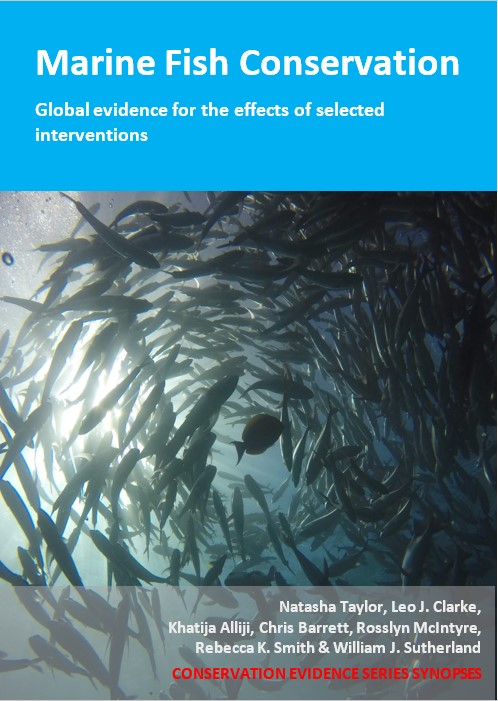Use an alternative method to commercially harvest plankton
-
Overall effectiveness category Awaiting assessment
-
Number of studies: 1
View assessment score
Hide assessment score
How is the evidence assessed?
-
Effectiveness
not assessed -
Certainty
not assessed -
Harms
not assessed
Study locations
Supporting evidence from individual studies
A replicated, controlled study in 2008 of pelagic waters in the Norwegian Sea, Norway (Grimaldo et al. 2011) found that using a bubble-plume harvester in combination with fine-meshed trawls to harvest Calanus spp. zooplankton reduced the amount of unwanted fish larvae and eggs caught compared to using only fine-meshed trawls. Data were not tested for statistical significance. Fewer fish larvae and eggs were caught after the bubble raft was deployed compared to without deployment of the bubble raft, at all depths tested: 25 m (larvae: 70%, eggs: 98% reduction); 15 m (larvae: 96%, eggs: 94% reduction); and 10 m (larvae: 12%, eggs: 92% reduction). Catches of target Calanus spp. were between 30–130% higher in nets after bubble harvesting. In June 2008, a bubble raft was towed at three depths (25, 15, 10 m) by a research vessel. Standard plankton nets (20 cm diameter, 0.5 mm mesh) were towed for 30 min before and after the bubble raft was deployed (number of hauls not reported) and target Calanus spp. and non-target catches compared. The bubble raft produced 0.5–1 mm bubbles from eight perforated hoses towed in parallel. Full details of the bubble raft design are provided in the original paper.
Study and other actions tested
Where has this evidence come from?
List of journals searched by synopsis
All the journals searched for all synopses
This Action forms part of the Action Synopsis:
Marine Fish Conservation





)_2023.JPG)














